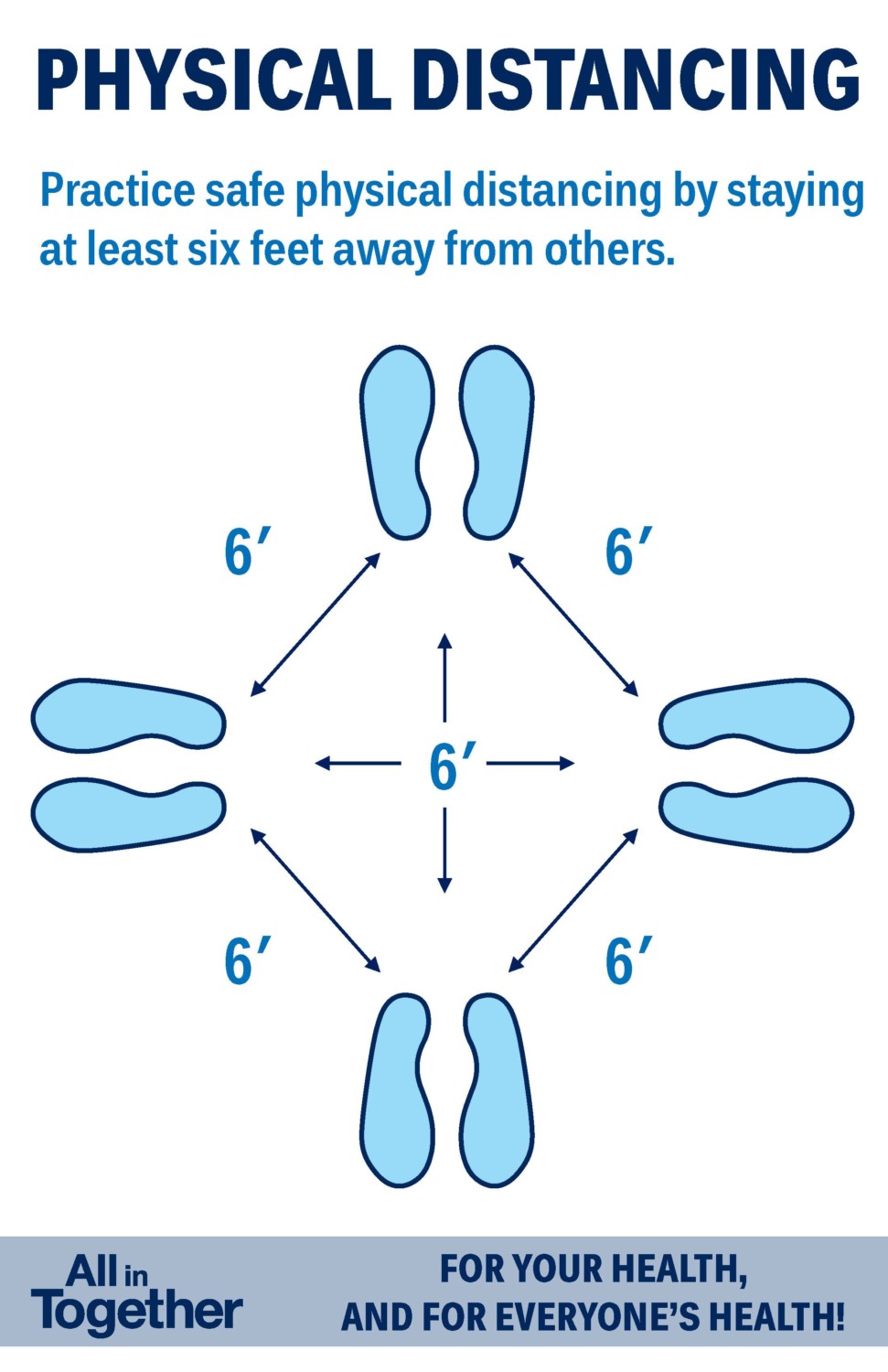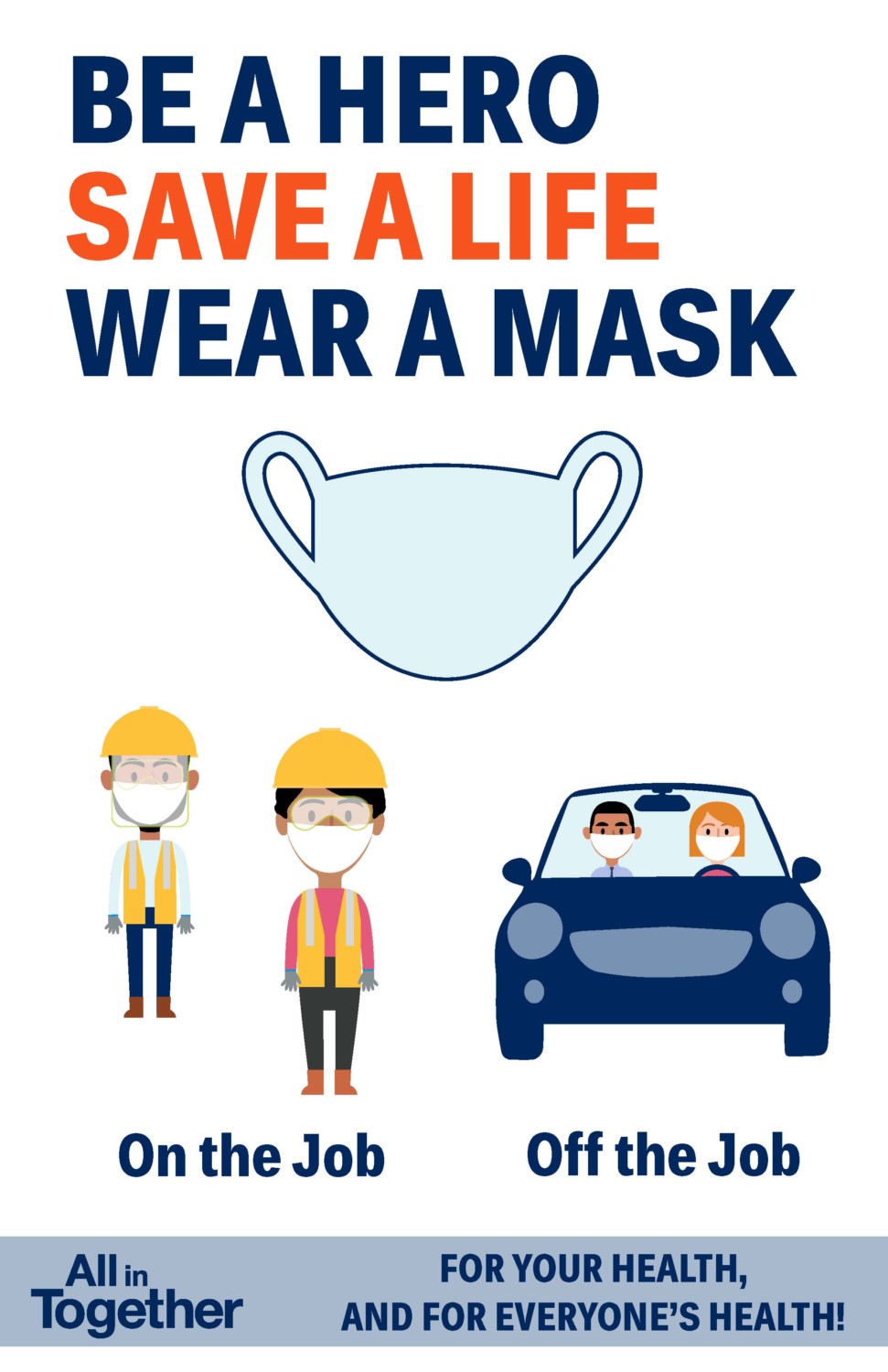WFB prides itself on maintaining a safe and healthy work environment. Even before the COVID-19 pandemic, our safety and project teams were experts in finding ways to make inherently dangerous work safe. With COVID-19 now impacting everyone and everything we do, WFB has doubled its efforts to ensure our jobsites are safe and no one is exposed. Our safety team has developed information, tools and resources to help our project teams implement detailed site-specific COVID-19 safety plans.
This brochure highlights the steps we have taken and includes photographs that demonstrate how a construction project can safely operate during these unprecedented times.



As the impact of the Coronavirus (COVID-19) continues around the world, we would like to share guidance and steps WFB is taking to protect people.
The health and safety of all WFB employees, trade partners and workers continues to be our top priority. WFB is taking steps to keep people healthy and reduce the risk of contracting or spreading Coronavirus (COVID-19).
Personal Health and Safety
WFB is taking intentional, creative approaches to keep people safe. The company has increased hygiene and employing a wide range of tactics to keep people healthy.
To reduce the chance of spreading infection avoid touching your eyes, nose, or mouth with unwashed hands. Clean your hands often by washing them with soap and water for at least 20 seconds. If soap and water is not available, use an alcohol-based hand sanitizer that contains at least 60% alcohol. It is especially important to clean hands after going to the bathroom; before eating; and after coughing, sneezing, or blowing your nose. We should also frequently clean “common” surfaces with alcohol-based disinfectants.
Mitigation Measures at Project Sites
WFB projects are implementing project mitigation measures that include requirements for maintaining social distancing, temperature screenings, health and hygiene, and cleaning and disinfecting.
WFB’s social distancing guidelines respect a six-foot or greater distance. Projects are reducing encounters by staggering trade arrival and departure times, establishing distinct work areas, and limiting the number of people in all workspaces, common areas, and hoists. People are discouraged from facing each other while riding in a hoist.
To ensure the health and safety of every person on a WFB project, workers must stay home if they are not feeling well. All persons should be encouraged to proactively self-check their temperature prior to coming to the office or job site and not come to work if they have a fever.
WFB is implementing temperature-screening measures to detect potential infection and minimize the spread of the virus.
WFB projects provide access to hand washing stations. Frequent cleaning and disinfecting of objects and surfaces helps to maintain a safe site. These areas include: lifts, tools, tables, microwaves, coffee machines, turnstiles, handrails, buses for transport of workers, doorknobs, bathrooms, and all common areas.
Remote Work
WFB supports all employees in focusing on what they need to do to take care of themselves and loved ones. We want as many people as possible, especially those with high risks, to work from home.
Visitor Restrictions
Site access is restricted to those essential for project continuity.
If you had close contact with an individual who has a confirmed positive test result for COVID-19, you are not permitted on a WFB jobsite or office for 14 days from the date of contact.
If you have fever, cough and difficulty breathing, seek medical care early and stay away from others. You are not allowed in a WFB facility.
Meetings and Travel
WFB is limiting in-person meetings, using remote conferencing technology tools, practicing social distancing when meeting in person.
Employee participation in business meetings, conferences or events are suspended.
Supply Chain
WFB is monitoring worldwide supply chains for actual delays that may affect our ability to maintain the schedule on our work.
Additional Information
As this is a dynamic situation, our guidance is likely to change and we encourage you to access the most up-to-date information from respected organizations such as the Centers for Disease Control and the World Health
https://www.who.int/emergencies/diseases/novel-coronavirus-2019/advice-for-public
